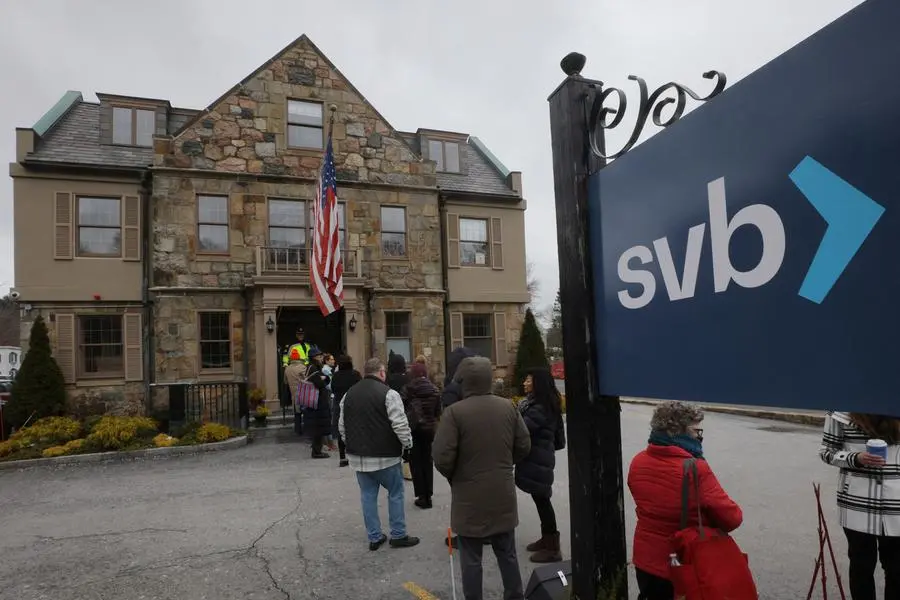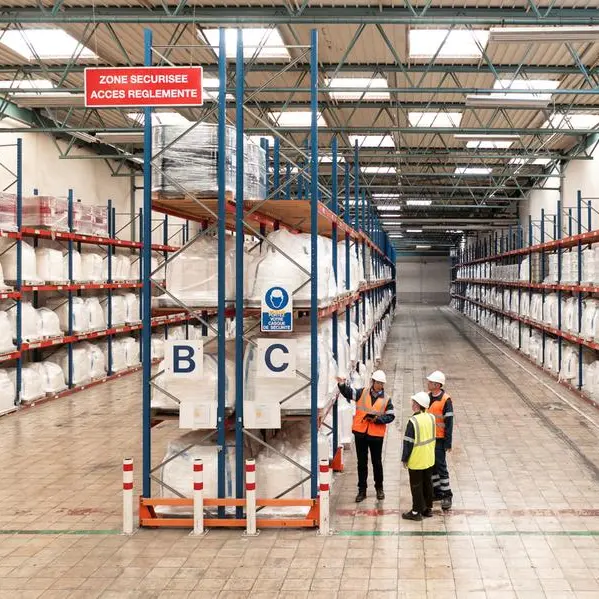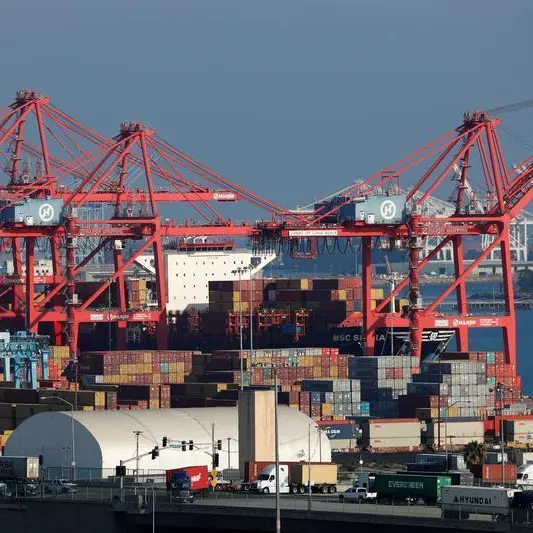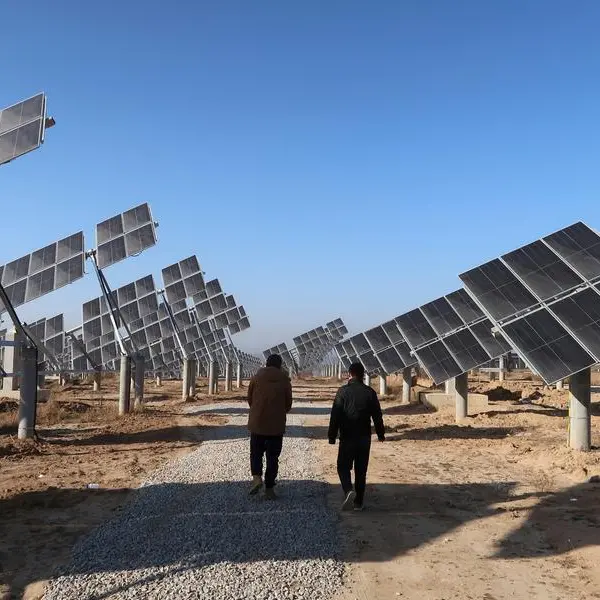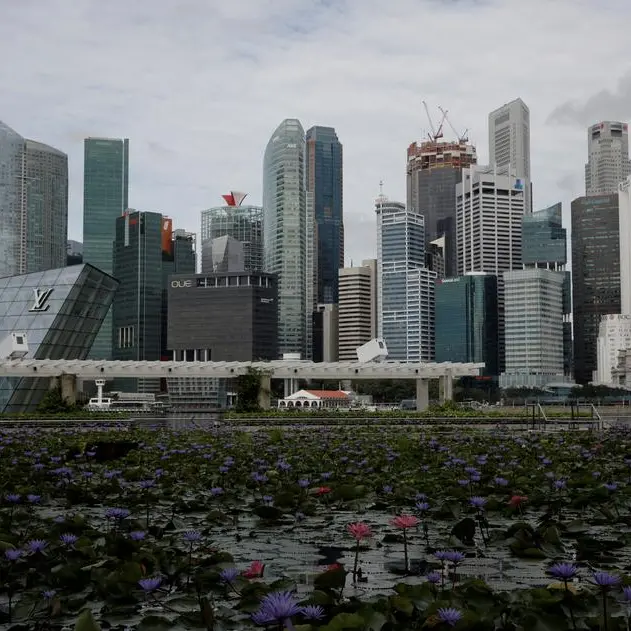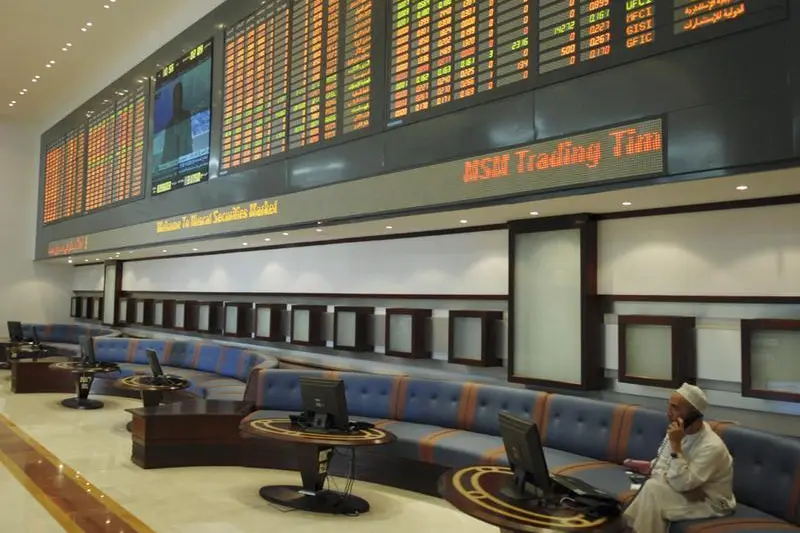PHOTO
WASHINGTON - The secretive world of Federal Reserve bank supervision has been laid bare by the collapse of Silicon Valley Bank and critics say it needs an overhaul to make it more nimble, transparent and decisive.
In hearings this week, Fed Vice Chair for Supervision Michael Barr told lawmakers that supervisors had repeatedly identified risks to the failed bank, beginning in 2021, and even took steps to restrict its growth in 2022 because they went unaddressed.
Despite all that, SVB hit a wall earlier this month, collapsing in the space of less than 48 hours and unleashing fears of contagion. That has led to accusations by lawmakers that the Fed had not escalated the problem fast enough and questioning whether the whole process needs to be more transparent.
"The culture of supervision is shrouded in secrecy, I hope that SVB calls for some of that veil of secrecy to be lifted," said Aaron Klein, a fellow with the Brookings Institution and former Treasury Department official.
Typically, bank supervisors do most of their work behind closed doors.
"The regulators have all this secret information, some of which needs to be secret... but some of which would be made better if it were made public," said Klein. “It’s like saying you failed your health inspection, we’re giving you a rating of C but we don’t want any of your customers to know."
Supervisors flag items of concern to be addressed by banks under the notation “matters requiring attention” (MRA). If the matter is more urgent, supervisors will issue a “matter requiring immediate attention” (MRIA). Both can come with time frames in which banks are expected to resolve the matter, but do not prescribe specific solutions, and neither are public.
If the matter is particularly concerning or persistent, supervisors can issue a "consent order," which is a formal, public enforcement action between a regulator and a bank, which often comes with a fine and orders to address the issue in a timely fashion.
The Fed issued six MRAs and MRIAs in November 2021 to SVB related to liquidity, and in the fall of 2022 there was an additional MRA on interest risk modeling, Barr said.
Rep. Bill Foster, an Illinois Democrat, floated making MRAs public if not resolved within 60 days, or that bank executives would see their bonuses placed in escrow if they have unaddressed items.
Bank supervision is typically conducted behind closed-doors because of concerns that publicizing bank missteps could spur bank runs and undermine confidence in the overall system. It also helps banks protect trade secrets, said Julie Hill, a banking law professor with the University of Alabama School of Law.
But this process protects banks from the release of unflattering details to the public, and makes it harder to assess how well they are being supervised.
"Are there ways we could make the supervisory process more transparent to promote discipline and accountability?" asked Representative Maxine Waters, the top Democrat on the House panel in Wednesday's hearing.
The Fed did not immediately respond to a request for comment.
FASTER ESCALATION
A key issue for lawmakers was whether the Fed could have escalated the problem faster to force the bank to fix its problems.
Despite SVB being on the radar for regional Fed supervisors at the Federal Reserve Bank of San Francisco for over a year, Barr said he first was made aware of interest-rate risks facing banks, and in particular SVB, at a briefing in mid-February, conceding it was a "fair question" why further action was not taken and the matter escalated.
Banks are often given an expected time frame for addressing such issues, but are not prescribed fixes by supervisors. Instead, they can escalate efforts, such as placing limits on its growth, which can culminate in a public enforcement action.
"It is fair to say that the Federal Reserve writ large is not particularly transparent about when items are escalated or handled by the board and the board staff," said Hill.
In the hearings, Barr was repeatedly pressed by lawmakers as to why supervisors did not get the bank to fix identified flaws, such as mismanaged interest rate risk and liquidity issues. Barr, who is leading an internal Fed review of its supervision of SVB, noted that supervisors can identify the issues, but it falls to the bank to fix them.
"You are not running a consulting operation," said Representative Brad Sherman, a California Democrat. "You are running a regulatory operation who can force banks to follow that advice."
Some experts pointed out that the fact that Fed supervisors began chastising SVB on the lower end of the scale, issuing MRAs, suggested they did not anticipate an issue that could collapse the firm.
"The fact that it was just MRAs and not public cease and desists suggests that the regulators thought it was a problem that could be fixed by bank management in a reasonable amount of time," said Hill.
SVB's rapid growth also was a factor for Fed supervisors. A team of 20 bank examiners at the San Francisco Federal Reserve took over day-to-day supervision of the bank in the second half of 2021. At that point more issues began to be identified.
Barr said part of his review would look at whether Fed supervision was appropriate for the bank's "rapid growth and vulnerabilities."
"We need competent financial supervisors. But Congress can’t legislate competence," said Representative Patrick McHenry, who chairs the House Financial Services Committee.
(Reporting by Pete Schroeder; additional reporting by Ann Saphir; editing by Megan Davies and Shri Navaratnam)
